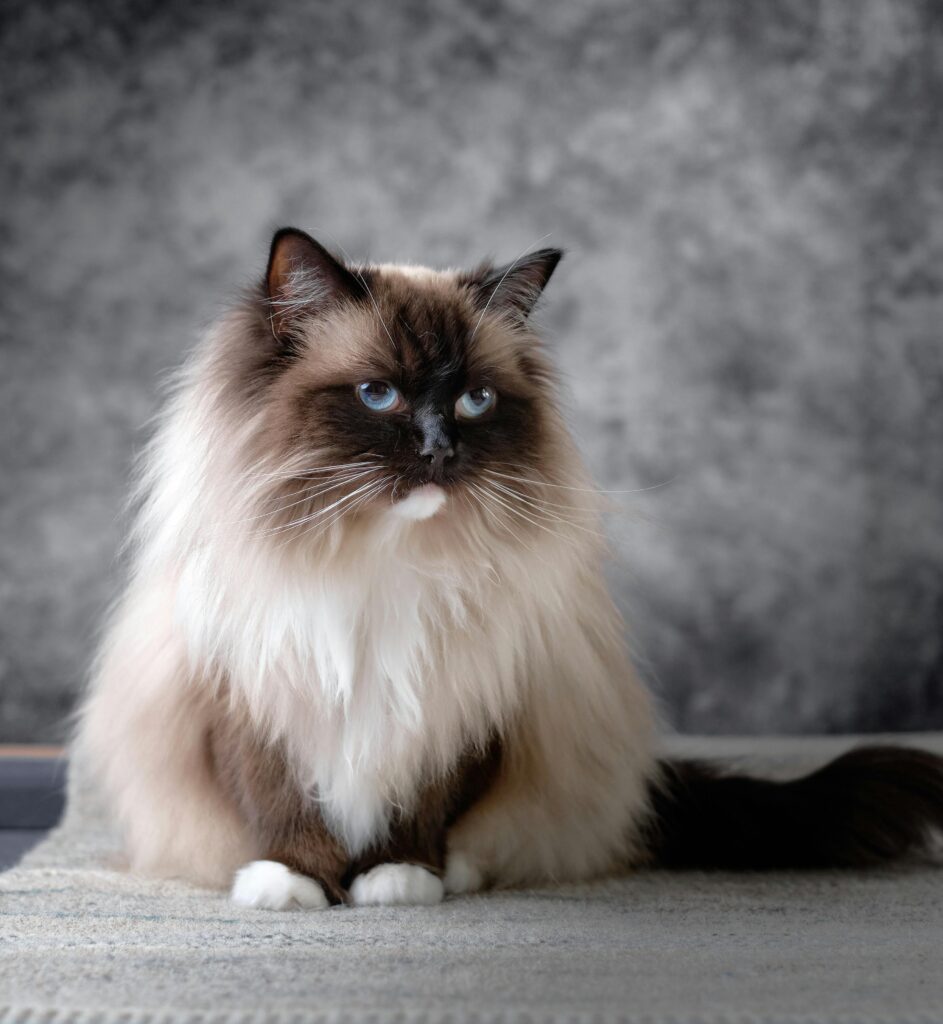
“Himalyan Ragdoll Cat Price” at a Glance
- Typical U.S. Ragdoll pet price: commonly $2,000–$5,000 depending on breeder reputation, pedigree, color/pattern, and region. Some reputable programs list typical ranges like $3,000–$5,000+, occasionally higher for top picks or show prospects.
- Himalayan (the Persian-type breed) pet price: often $750–$1,500+ from reputable sources, with some guides listing broader ranges. Hepper Pet Resources+2A-Z Animals
Why the confusion? “Himalayan” is a separate, recognized Persian-type breed with point coloration. All true Ragdolls are blue-eyed, point-colored cats due to the colorpoint (Himalayan/Siamese) gene, but the word “Himalayan” is not an official Ragdoll color name in show standards. CFA Institute
History: Ragdoll vs. Himalayan Cat
- Ragdoll: Developed by Ann Baker in California in the 1960s. The breed is registered and shown under standards that describe a blue-eyed, pointed cat in three main patterns: colorpoint, mitted, bicolor. CFA Institute
- Himalayan (aka Colorpoint Persian): A Persian x Siamese program achieved official recognition in 1957; it is effectively a Persian with point coloration.
Bottom line: “Himalayan Ragdoll” is mostly a search phrase people use when they want a Ragdoll that looks “very Himalayan,” but in registry language there is no separate Himalayan color in Ragdolls. The breed is already point-colored.
Where the Term Is Most Common
You will see “Himalayan Ragdoll” used:
- In pet classifieds or social posts when sellers or buyers are describing point intensity or “Himalayan-looking” coats.
- In owner communities where “Himalayan” is used loosely to mean point-colored or “really dark points.”
This is informal wording, not a show term in CFA or TICA Ragdoll standards.
Is “Himalayan” an Accepted Ragdoll Color?
No. In Ragdolls, accepted patterns are colorpoint, mitted, and bicolor; accepted colors include seal, blue, chocolate, lilac, red, and cream, with lynx and tortie overlays. Some associations discuss related varieties (mink/sepia/solid) as non-championship “new traits” or in a separate “breed group,” but Himalayan is not a Ragdoll color name. The International Cat Association
Quick standards references
- CFA Ragdoll standard (PDF): confirms the three patterns and blue eyes.
- TICA Ragdoll standard: “semi-longhaired, blue-eyed, pointed cat.” TICA – The International Cat Association
- 2025 TICA Ragdoll Breed Group update (RD/CB): clarifies BEP vs. Cherubim varieties. TICA – The International Cat Association
The Genetics Behind the Look
Ragdolls and Himalayans share the temperature-sensitive colorpoint mechanism caused by a mutation at the TYR (tyrosinase) gene on the C-locus. This acromelanism produces darker pigment on the cooler extremities; warmer core areas remain lighter. That is why point cats darken with age and with cooler ambient temperatures. CombiBreed+3Veterinary Genetics Laboratory+3PM
- All Ragdolls are point-colored and blue-eyed under the traditional standards, which is why they can be mistaken for “Himalayan” by laypeople.
Price Deep-Dive: “Himalyan Ragdoll Cat Price”
If you are shopping for a purebred, registered Ragdoll with papers:
- Common pet range from reputable programs: $2,000–$5,000+, sometimes higher for top show prospects, rare color combos, or high-service catteries. Examples and surveys from breeder sites and cat media concur that $2,500–$5,000 has become a normal reality in many U.S. markets.
If you were instead looking for a Himalayan (Colorpoint Persian):
- Many guides cite $750–$1,500+ for pet kittens, varying by pedigree and show potential.
Tip: lower prices can mean less health testing or scarce socialization. Always investigate the program, contracts, and health guarantees.
How to Find a Reputable Ragdoll Kitten
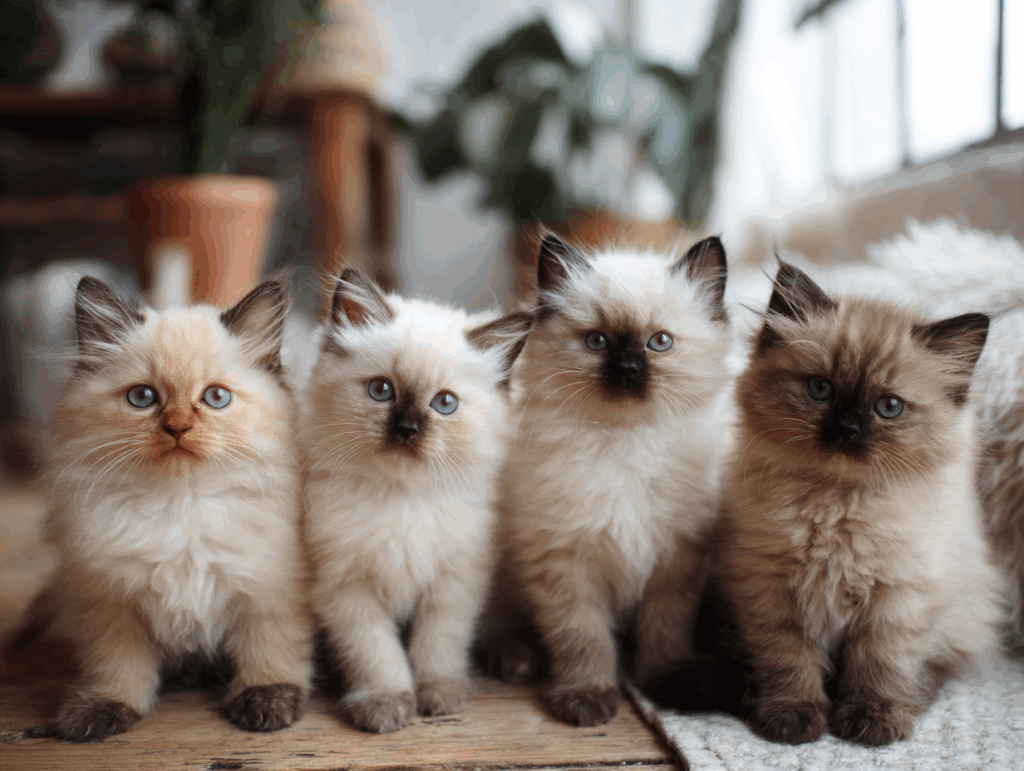
Use official registries and buyer guides first:
- TICA “Find a Breeder” / Browse Breeders (filter by Ragdoll and your state).
- CFA breeder resources and shows to meet breeders in person.
- Independent directories that list catteries by state (always verify registrations). breedlist.com+1
- Read community buyer advice threads for practical red flags and questions to ask. Reddit
Prefer adopting? Try:
- Ragdoll Rescue USA (Petfinder profile). Petfinder
- RescueMe Ragdoll map. ragdoll.rescueme.org
- Specialty Purebred Cat Rescue (often lists Ragdolls). Specialty Purebred Cat Rescue
How to Verify Breed and Papers (and what DNA can and cannot do)
Pedigree verification
- The only authoritative way to confirm a cat is a registered Ragdoll is via pedigree issued through a registry (e.g., TICA or CFA). Papers trace parents and ancestors and tie the cat to the registry database.
DNA testing realities
- Consumer DNA tests can estimate breed similarity and report health and trait markers, but they do not certify pedigree. Basepaws is explicit that their test is not a pedigree verification test. Basepaws
- If you want to test the colorpoint gene itself, UC Davis VGL offers a Colorpoint (C-locus/TYR) test and broader coat-color panels, plus clear cheek-swab instructions. These confirm the gene, not the breed registration. Veterinary Genetics Laboratory+2Veterinary Genetics Laboratory+2
- Breeder-grade panels like Optimal Selection Feline add health, blood type, and diversity metrics. Optimal Selection
- Wisdom Panel also offers a comprehensive cat DNA platform with ancestry plus health. Again, not a registry certificate. Wisdom Panel
What to ask a breeder
- Which registry are kittens registered with (TICA or CFA) and when do I receive papers?
- What health testing do you do on breeding cats?
- What is included in the contract and health guarantee?
- May I see recent show results or references?
Use shows and registry links above to vet claims.
Accepted Ragdoll Colors and Patterns (so you can decode listings)
- Patterns: Colorpoint, Mitted, Bicolor.
- Colors: Seal, Blue, Chocolate, Lilac, Red, Cream; lynx and tortie overlays occur.
- Eyes: Blue in standard show Ragdolls.
Standards: CFA and TICA spell this out in detail.
For deeper reading on color terminology used by breeders and how they describe kittens in ads, see these explainers: masterpieceragdolls.com+1
Why People Say “Himalayan Ragdoll”
Because the visual is similar: long coat, blue eyes, and point coloration that darkens at the extremities due to TYR variants. Scientifically this is temperature-sensitive albinism (acromelanism). That same mechanism colors Siamese, Himalayan, and Ragdolls.
Budgeting Beyond the Purchase Price of a Ragdoll Kitten
Expect ongoing annual costs (food, vet care, grooming, insurance). Recent cat-media estimates for Ragdolls put purchase and upkeep in realistic ranges that vary by market. Always plan a health fund and consider pet insurance for peace of mind. Kanguro Seguro
How to DNA-Test if Your Cat Is “Himalayan” or “Ragdoll”
- Decide the goal
- Breed/pedigree confirmation → Registry papers from CFA/TICA, not a consumer DNA kit.
- Traits/health and color genes → DNA panels can help.
- Choose a test
- UC Davis VGL color panels + colorpoint restriction test.
- Optimal Selection Feline for deep breeder-grade health/traits. Optimal Selection
- Wisdom Panel or Basepaws for ancestry + health + traits (with the caveat that they don’t certify pedigree).
- Collect the sample
- Simple cheek-swab instructions provided online; no kit mailing needed at VGL.
Frequently Asked Questions About Himalyan Ragdoll Cat Price
1. What is the average Himalyan Ragdoll cat price in 2025?
The average price of a purebred Ragdoll kitten in the United States is $2,000–$5,000, depending on pedigree, breeder reputation, and whether the kitten is sold as a pet or show prospect. Some high-end breeders charge more for top-pick kittens. The term “Himalyan Ragdoll” is not an official registry color but a common phrase buyers search when they want a Ragdoll with darker points.
2. Is a Himalayan Ragdoll a real breed?
No. The Himalayan is a separate breed (a Persian with point coloration). All Ragdolls already carry the Himalayan/Siamese colorpoint gene, which gives them their blue eyes and pointed coats. Registries like TICA and CFA only recognize Ragdolls as blue-eyed, pointed cats — there is no separate “Himalayan Ragdoll” category.
3. Why do people call some Ragdolls Himalayan?
People use the term loosely when a Ragdoll has very strong point contrast or looks similar to a Himalayan Persian. It’s a descriptive nickname, not a breed standard.
4. What genes create the Himalayan look in Ragdolls?
The TYR (tyrosinase) gene on the C-locus produces the temperature-sensitive colorpoint pattern. This is the same gene responsible for Siamese and Himalayan coloration. That’s why all Ragdolls resemble “Himalayan” cats to the untrained eye.
5. How can I tell if my cat is a Himalayan or a Ragdoll?
The easiest way is through registry papers (CFA or TICA) provided by a breeder. Himalayans are classified under the Persian group, while Ragdolls are a separate breed. Without papers, appearance alone can be misleading since both breeds share blue eyes and points.
6. Can a DNA test prove if my cat is a Ragdoll?
DNA tests like Basepaws, Wisdom Panel, or UC Davis VGL can identify colorpoint genes and show breed similarity, but they cannot replace official registry papers. They are useful for health screening and trait confirmation, not pedigree verification.
7. Where is the Himalayan Ragdoll term most common?
It’s most common in online classifieds, pet marketplaces, and social media groups where sellers and buyers use the term “Himalayan Ragdoll” to describe point-colored Ragdolls. In the formal cat fancy world, the term isn’t used.
8. How much does a Himalayan (the Persian-type) cost compared to a Ragdoll?
Himalayan cats (Colorpoint Persians) usually cost $750–$1,500+. True Ragdolls cost significantly more, often $2,000–$5,000+, because of demand, health testing, and breeder reputation.
9. How do I find a reputable Ragdoll breeder?
Start with official registries like TICA’s Find a Breeder tool or CFA breeder listings. Always ask about health testing, contracts, and what’s included in the price. Avoid sellers who cannot provide registration papers or who advertise “Himalayan Ragdolls” as a separate color.
10. Can I adopt a Himalayan Ragdoll from a rescue?
Yes, though they may simply be listed as “Ragdoll” or “Ragdoll mix.” Organizations like Ragdoll Rescue USA or RescueMe often have purebred and part-Ragdoll cats available. If pedigree papers don’t matter to you, adoption can be an affordable and rewarding option.
Read More About Ragdolls
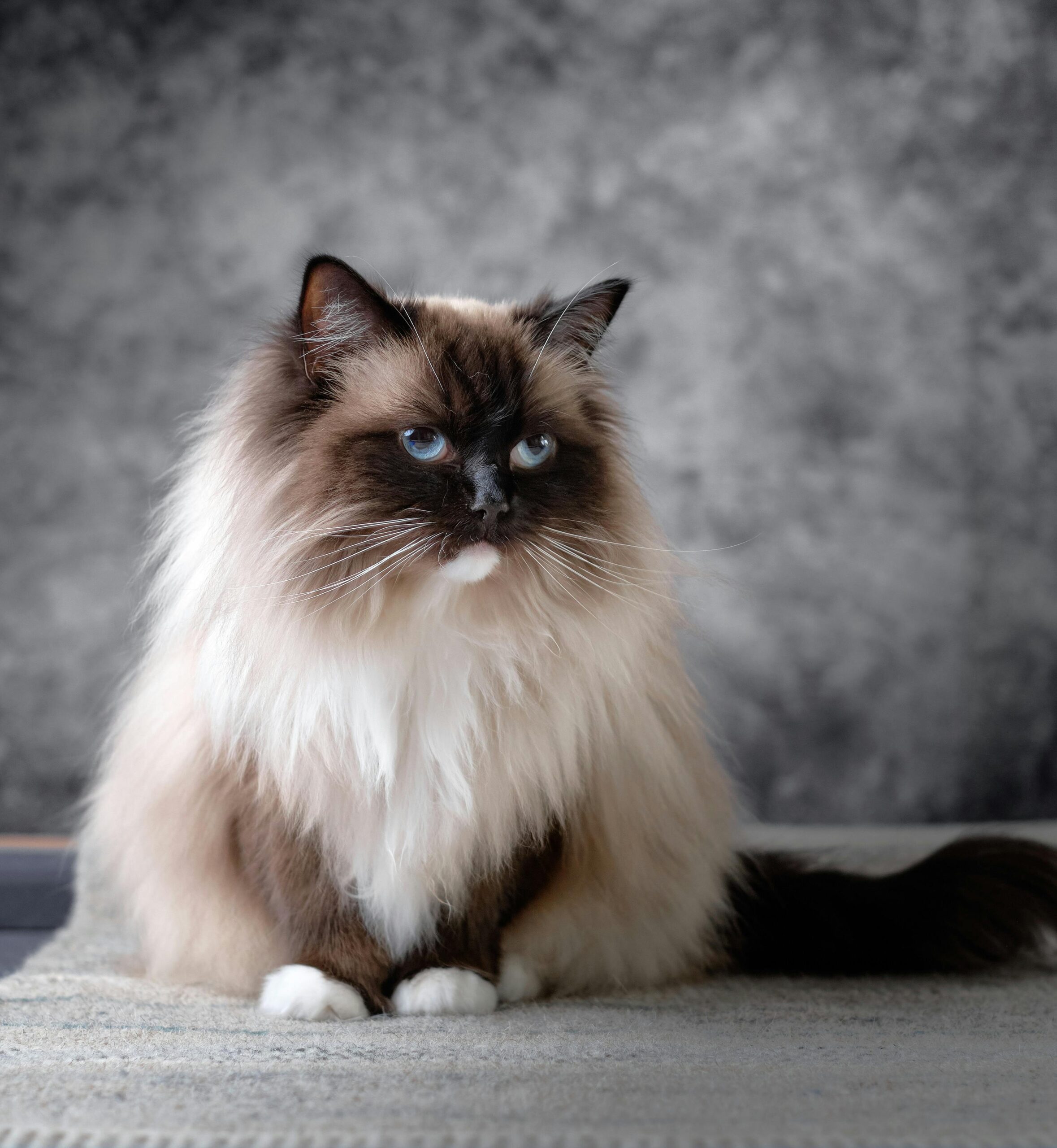
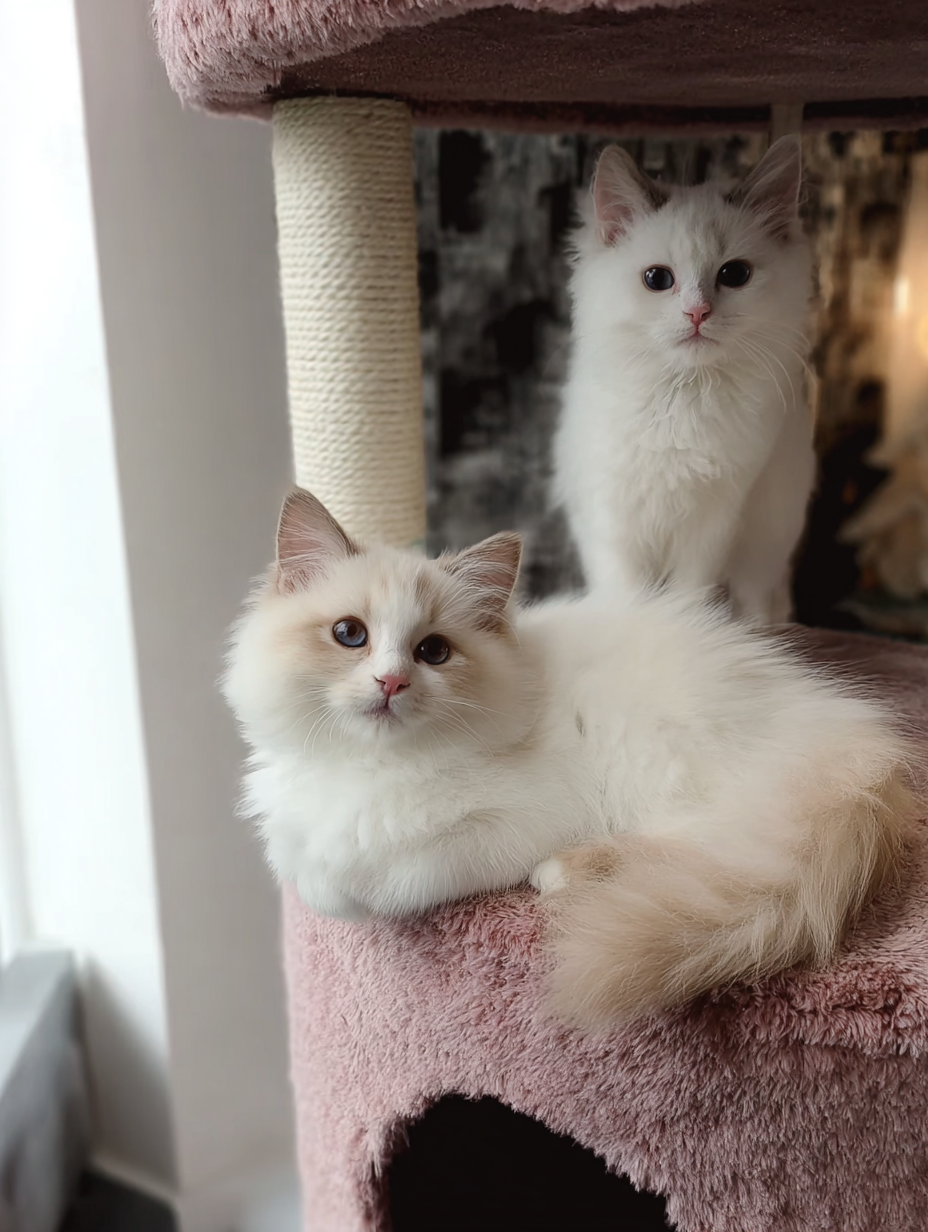
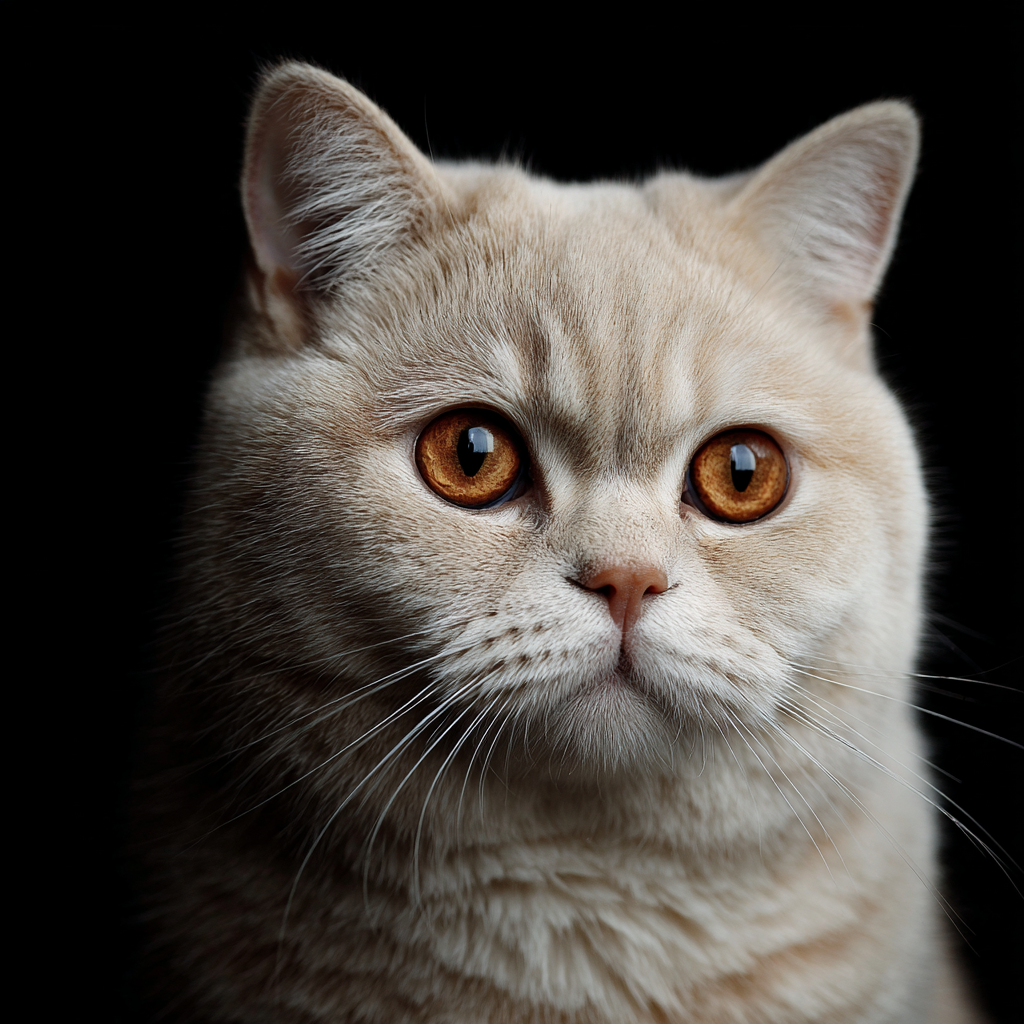
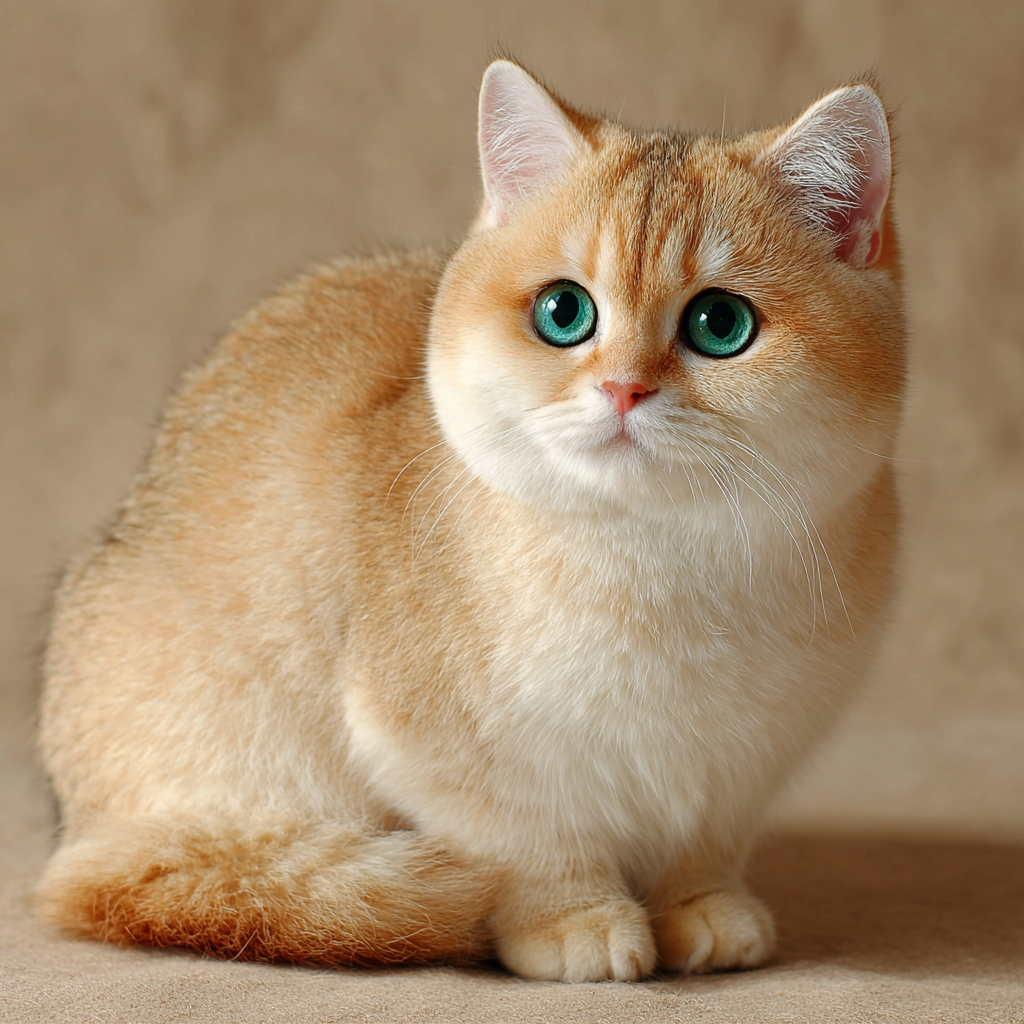
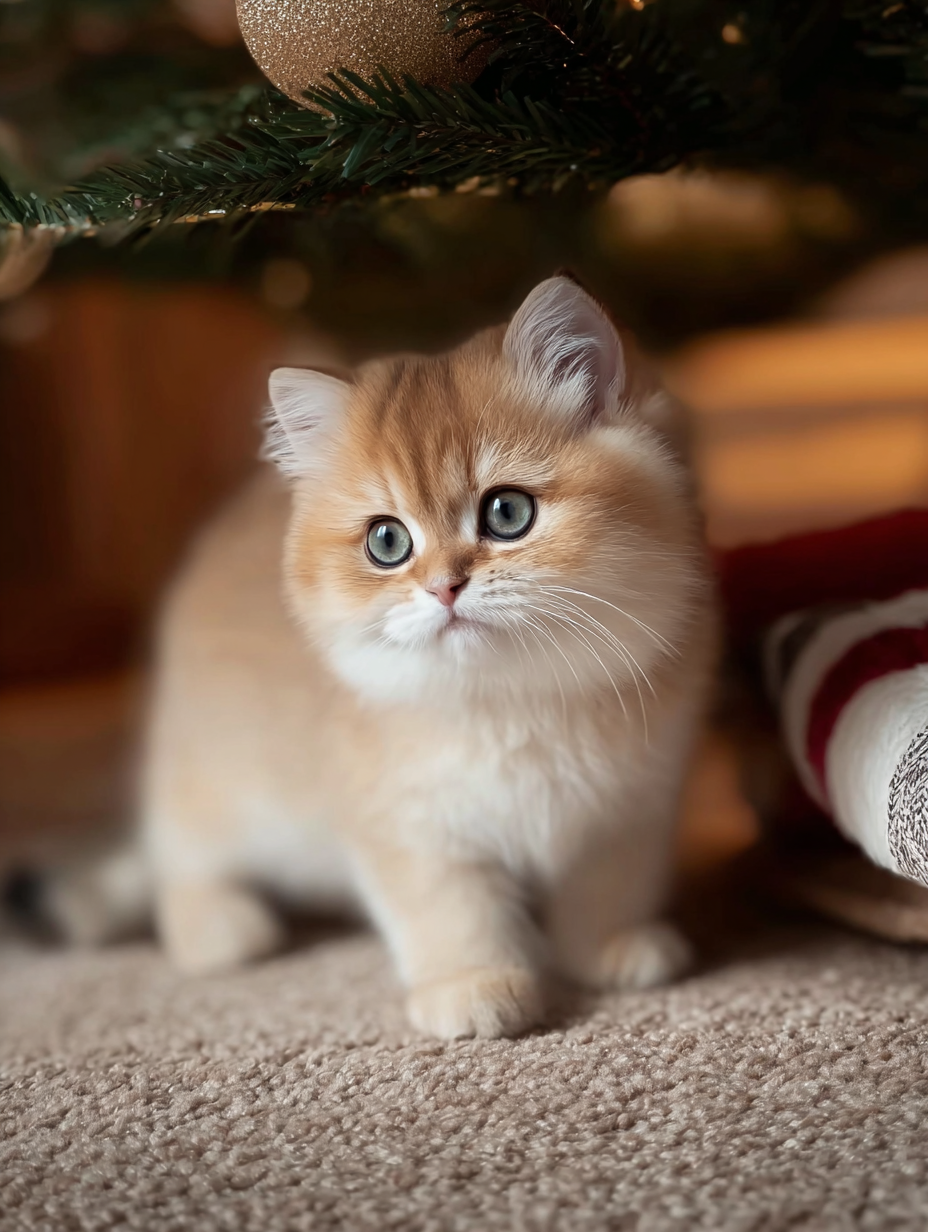
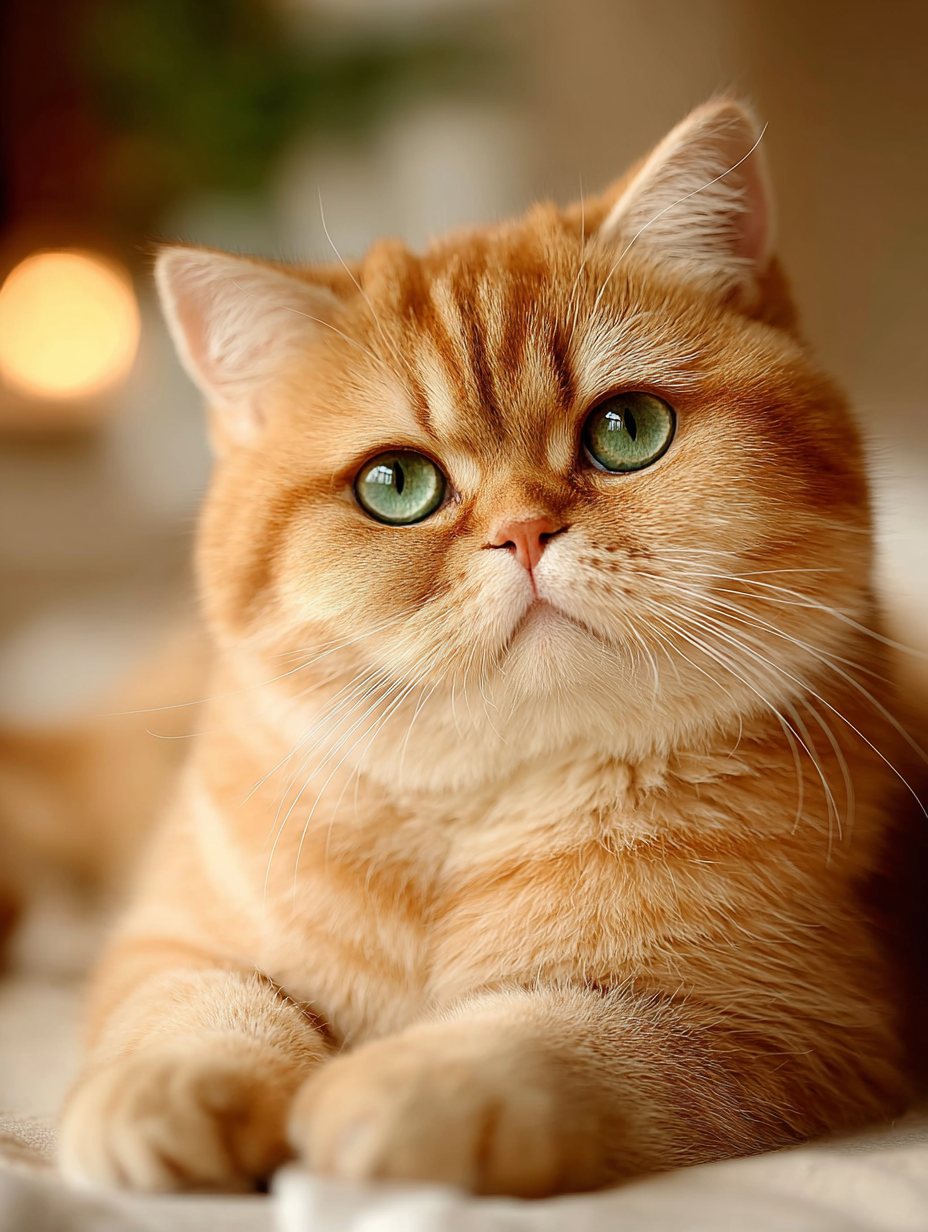
Read the Comments +